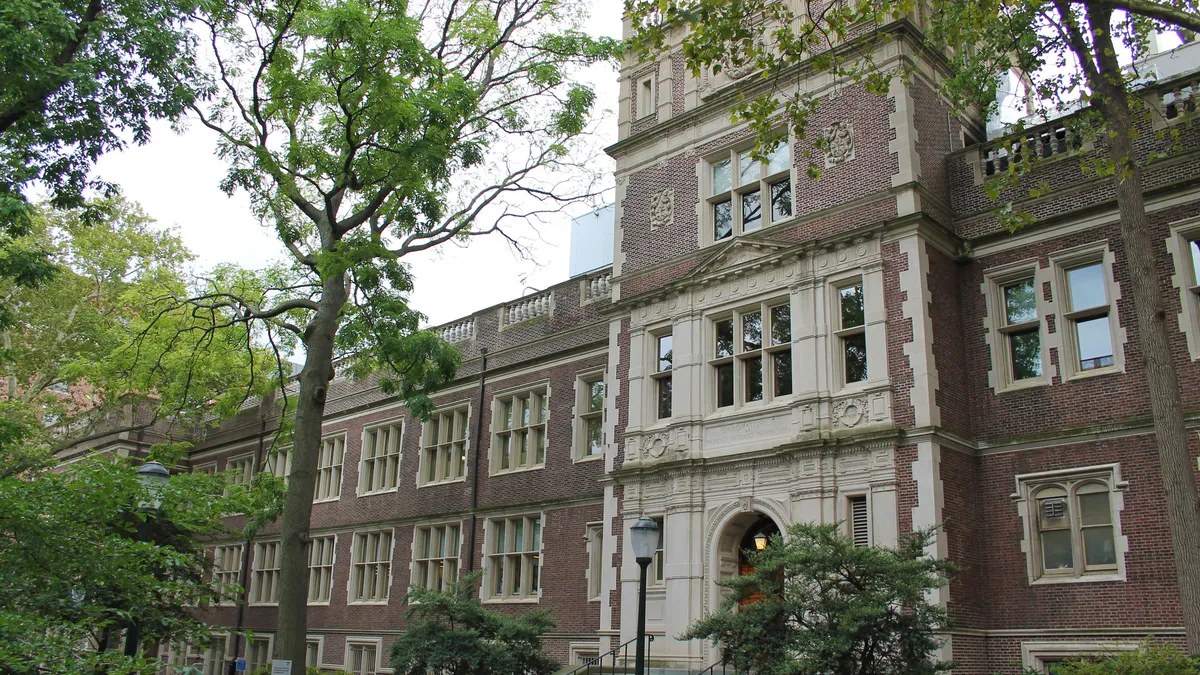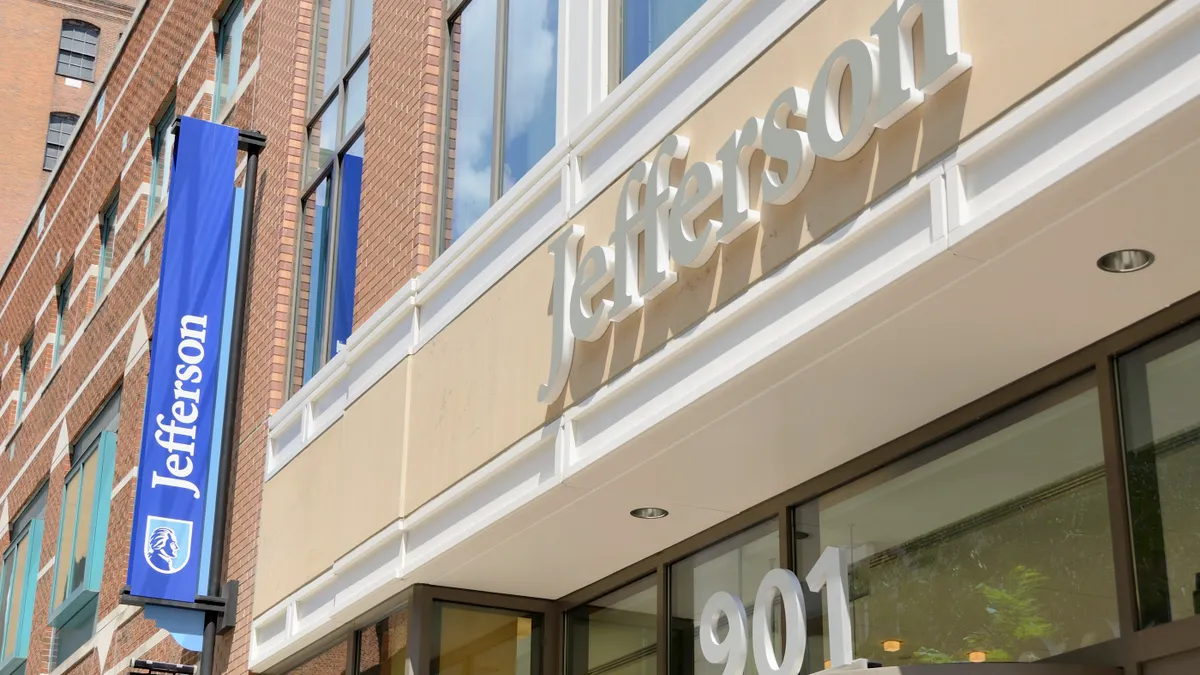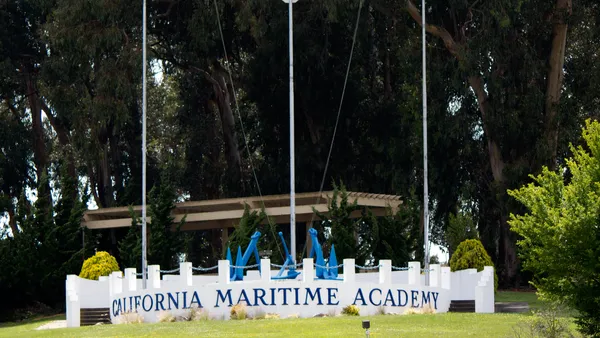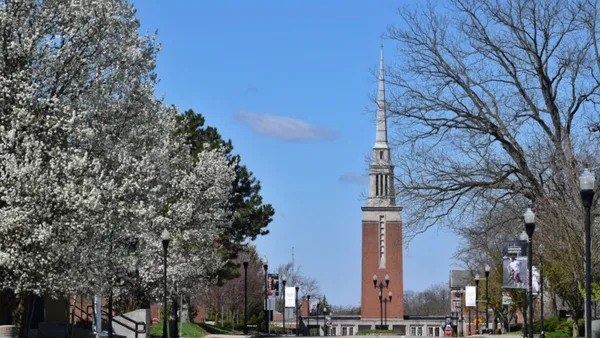Carlo Salerno is vice president of research at ed tech company Campus Logic and co-author of the book "Student Financial Success: A Surprising Path to Fix the College Competition Crisis."
During the past year, policymakers and advocacy groups made unprecedented pushes to try to solve the nation's college affordability problems. Solutions they sought, including free community college and doubling the Pell Grant, we now know are both unlikely to actually happen.
On the affordability spectrum, low-cost community colleges already enroll many low-income students. Yet what the public and policymakers really want is for more four-year public and private not-for-profit colleges to do the same thing. The nation's wealthiest school, Harvard University, had an acceptance rate of just 3.4 percent last year. In real numbers, Harvard accepted a class of fewer than 2,000 students while rejecting more than 55,000 students and sitting on an endowment valued at more than $50 billion.
Unfortunately for even moderately selective four-year institutions, the pursuit of prestige often blocks more enrollment of low-income students, who often need more help than wealthier students to persist in college and complete degrees. It is simply cheaper to recruit students who need less compared to those students who need more.
This basic business fact discourages selective schools from enrolling more low-income students, but it doesn't have to be this way. Congress can put its thumb on the scale and make recruiting and serving low-income students less costly.
How? By providing direct funding to institutions that are willing to disproportionately serve more low-income students. The federal government already does something similar for historically Black colleges and universities and other minority-serving institutions. In other words, Congress should create a "Pell-Serving Institution," or PSI, designation.
It could be as simple as having a minimum threshold of a school's undergraduate enrollment be Pell recipients, or perhaps we reward funding policies such as locking in or discounting tuition for low-income students. A PSI designation could also be tied to endowment spending per student, which would force wealthier institutions to use their resources to do more.
Regardless of the qualifying criteria, institutions that meet the threshold would then be eligible for additional federal funding to help cover the added cost of supporting these students through to graduation. It's not enough for colleges and universities to simply enroll low-income students. We need to tie funding to institutions that finish the job and graduate students.
For prospective students, a PSI designation would be a valuable signal when shopping for schools. It suggests an institution prioritizes those who need more financial support in general. For institutions, it offers up the chance for additional, much-needed dollars to provide more teaching and wraparound support.
Directly funding institutions that enroll more low-income students as a supplement to Pell is better policy than doubling the Pell grant when you consider nearly every dollar of Pell given to a student ends up in an institution's bank account anyway. Pell may promote competition and choice, but it doesn't provide any more money on a per-student basis than wealthy students bring.
Providing some funding to institutions directly solves the aforementioned cost dilemma, but it does even more: It gives the federal government a financial lever to preserve Pell's purchasing power.
In the past, Congress has unsuccessfully relied on gimmicks like shame lists to help keep rising tuition under control. With the PSI designation, the federal government would have a new tool for preserving the Pell grant's purchasing power. It could simply make holding the line on tuition increases for low-income students a requirement for obtaining the PSI designation.
Institutions that already support large Pell populations would welcome the infusion of funding and, at least at the outset, dollars spent this way would benefit less-selective schools that already rely heavily on state subsidies.
Giving students voucher-style dollars to help fund training at schools that best meet their needs is important from an equity standpoint. And giving schools dollars that can be used to signal support and reward investments in students who need the resources most is just good economic policy.














